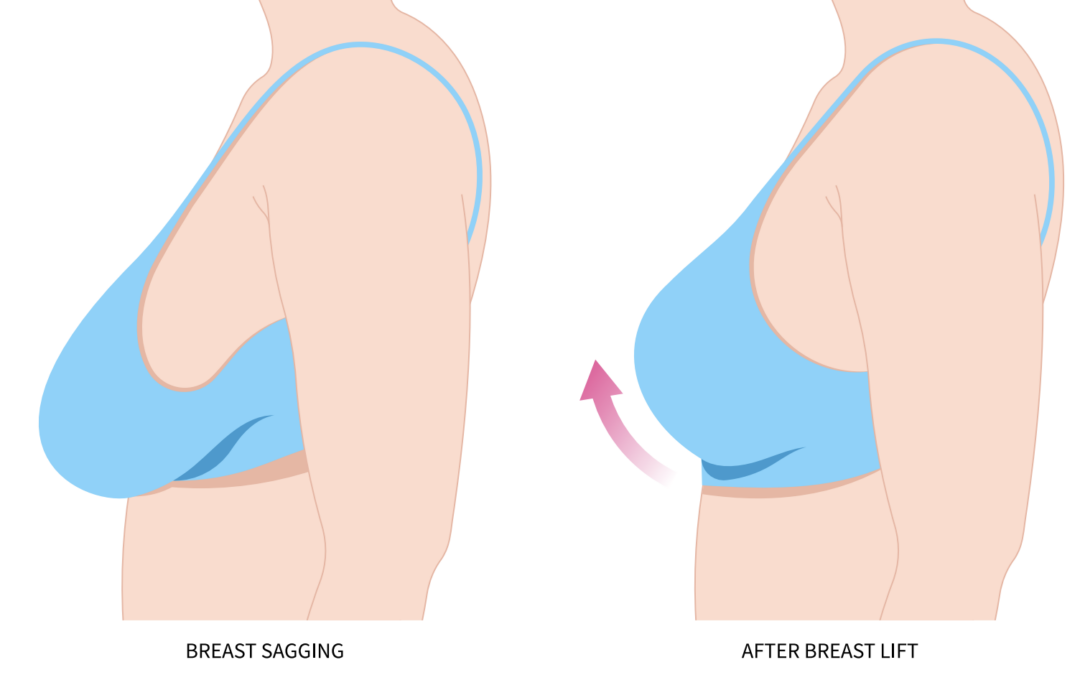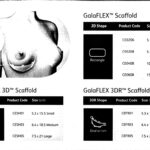Mastopexy Augmentation: Breast Lift & Enlargement
Mastopexy augmentation, also known as a breast lift with implants, is a popular procedure for enhancing breast shape, volume, and position. Many patients visit my private clinic to discuss this surgery, particularly after pregnancy, breastfeeding, weight loss, or the natural aging process. These factors often lead to sagging, loss of cleavage, and a feeling of emptiness in the breasts, which can impact confidence and femininity.
How Mastopexy Augmentation Works
A breast lift (mastopexy) repositions the breasts and nipples, removes excess skin, and reshapes breast tissue to create a firmer, youthful, and more lifted appearance. By internally repositioning the breast tissue higher on the chest, this procedure helps restore fullness in the upper poles, enhancing cleavage—ideal for low-cut or cocktail dresses.
To increase volume and long-term fullness, silicone implants can be added during the procedure. Alternatively, fat transfer (lipofilling) can be used for a more natural enhancement. Some patients benefit from a combination of implants and fat transfer, tailored to their aesthetic goals.
In certain cases, a minor breast reduction on one side may be recommended to improve symmetry and achieve a balanced, proportionate result. During your consultation, we will discuss the best approach for your unique needs and desired outcome.
What to Expect After Surgery
- Procedure: Performed under general anaesthesia with a one-night hospital stay.
- Recovery: Some discomfort is expected for a few days post-op.
- Supportive Bra: A wire-free sports bra should be worn for six weeks to support healing.
- Stitch Removal: Any stitches are snipped at 10-12 days after surgery.
- Time Off Work: Most patients need 2-3 weeks off.
- Exercise Restrictions: Avoid strenuous activity for 4-6 weeks.
Each patient’s post-operative care may vary slightly depending on the surgeon’s approach. During your consultation, we will provide a personalised plans to ensure the best results.










